Introduction:
Released in 2014, Interstellar is a science fiction epic directed by Christopher Nolan, a filmmaker renowned for his cerebral, high-concept narratives (Inception, The Dark Knight trilogy). The movie stars Matthew McConaughey, Anne Hathaway, Jessica Chastain, and Michael Caine, and it explores humanity’s desperate quest to find a new home on another planet after Earth’s resources are exhausted.
Interstellar is often considered one of Nolan’s most ambitious films, blending hard science fiction with deeply emotional storytelling. Despite mixed initial reactions from critics, the film was a commercial success, grossing over $677 million worldwide. The movie also received several nominations, including five Academy Award nods, with one win for Best Visual Effects. Critics have praised its ambitious concept, stunning visuals, and emotional depth, but its scientific inaccuracies and complex narrative left some viewers divided.
In this analysis, we will explore why Interstellar is more than just another sci-fi film—it’s a masterpiece that, in many ways, goes unnoticed by those who fail to appreciate its nuanced brilliance.
Plot Summary:
Interstellar begins in a near-future world ravaged by dust storms and crop failures, where Earth’s environment is slowly deteriorating. The story follows Cooper (Matthew McConaughey), a former NASA pilot turned farmer, and his team of scientists, including Dr. Brand (Anne Hathaway), as they embark on a daring mission to travel through a wormhole near Saturn in search of a habitable planet for humanity. As they journey into the unknown, the stakes get higher, with personal sacrifices and the mysterious laws of physics complicating their mission.
The film’s plot weaves between space exploration and the emotional dynamics of Cooper’s family, particularly his relationship with his daughter, Murph (played by Mackenzie Foy as a child and Jessica Chastain as an adult). As time bends in strange ways due to the theory of relativity, Cooper’s journey through the cosmos becomes deeply intertwined with his family’s survival on Earth.
While Interstellar is grounded in the quest for survival, it also delves into human emotion, the survival instinct, and the powerful bond between parent and child. The intricate storytelling requires multiple viewings to fully grasp, making the experience both intellectually stimulating and emotionally profound.
Characters and Performance:

- Matthew McConaughey as Cooper: McConaughey delivers a stellar performance as a determined astronaut and father. His portrayal of a man torn between duty to save humanity and the personal heartbreak of leaving his family behind resonates deeply, particularly in the emotional climax of the film.
- Anne Hathaway as Dr. Brand: Hathaway portrays the driven, compassionate Dr. Brand, whose own motivations and relationships with her father mirror the themes of love and sacrifice. Hathaway’s performance is a mix of scientific rigor and emotional vulnerability, which enhances the complexity of her character.
- Jessica Chastain as Murph: Chastain’s role as the grown-up version of Cooper’s daughter is one of the film’s emotional pillars. Her performance is grounded in a mix of anger, resentment, and a deep desire to solve the puzzle of the gravitational equation that could save mankind.
- Michael Caine as Professor Brand: Caine, as Dr. Brand’s father and mentor to Cooper, provides a level of gravitas to the story. His role is key in adding emotional weight to the film’s central ethical dilemma.
The performances in Interstellar elevate the already profound script, particularly in the more emotional sequences, making them feel raw and real, especially McConaughey and Chastain’s interactions that showcase their deep emotional connection.
Directional Vision:
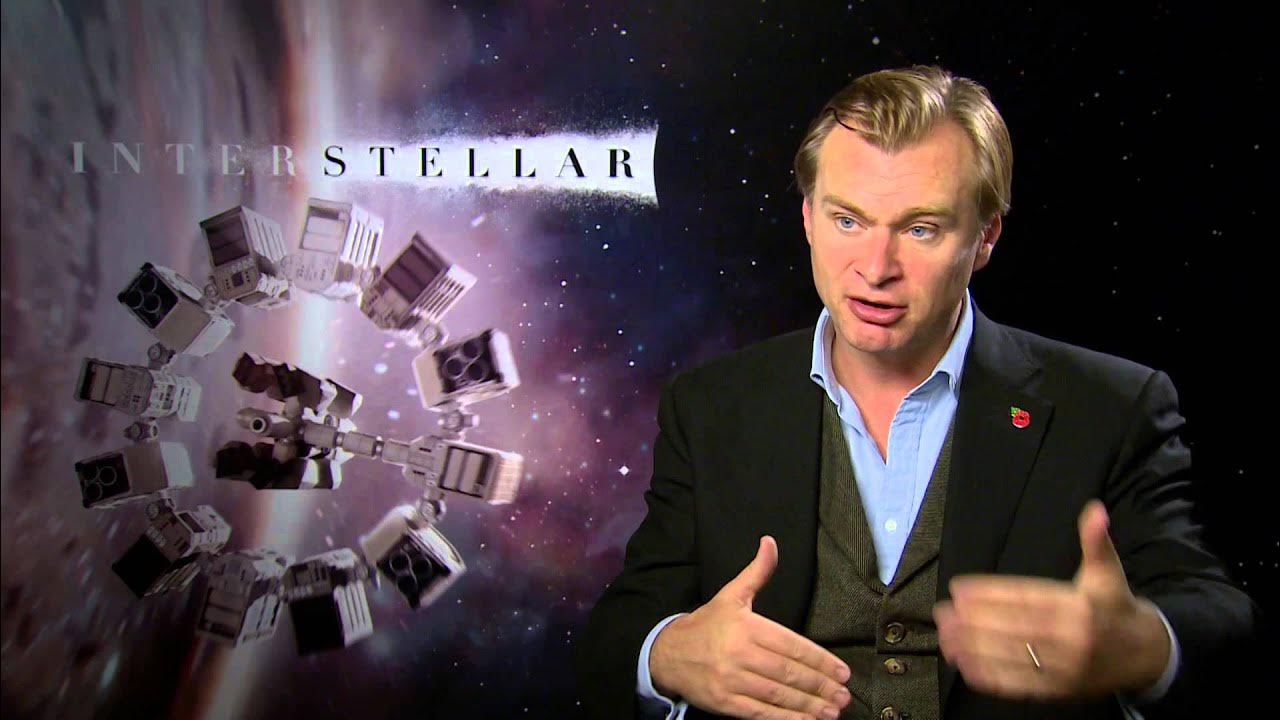
Christopher Nolan’s direction in Interstellar merges high-concept science fiction with emotional storytelling. Nolan has a unique ability to make complex scientific theories accessible to mainstream audiences, and he uses these concepts to further the emotional arc of the characters. The use of practical effects, such as building actual spacecraft for the film’s real space scenes, lends authenticity to the film’s portrayal of space exploration.
Nolan’s decision to intertwine the science of space with the deeply emotional aspect of Cooper’s relationship with his daughter creates a profound duality. This marriage of heady science and heart-wrenching human drama is at the heart of what makes Interstellar a masterpiece.
Visuals and Cinematography:
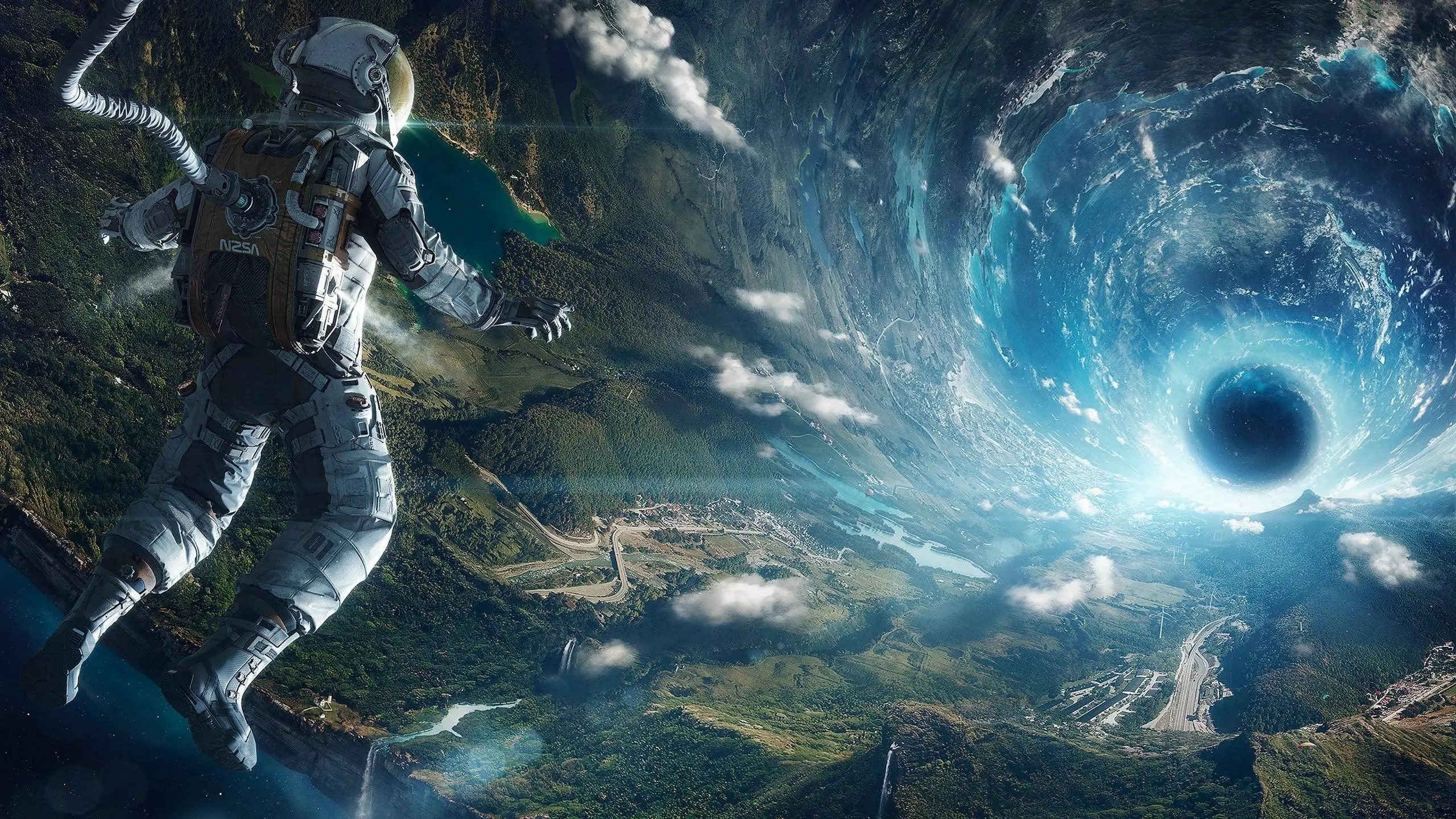
The cinematography in Interstellar, led by Hoyte van Hoytema, is nothing short of breathtaking. The film makes full use of IMAX cameras and real-world locations to craft an immersive visual experience. The shots of deep space, alien planets, and the wormhole are awe-inspiring, offering a visual spectacle rarely seen in modern sci-fi.
One of the most notable visual moments is the portrayal of the massive waves on the water planet, a perfect blend of science and imagination. The contrast between the vastness of space and the intimate family drama unfolding back on Earth highlights the scale of the human experience.
Music and Soundtrack:

The soundtrack, composed by Hans Zimmer, is one of Interstellar‘s most powerful aspects. Zimmer’s score, with its organ-heavy compositions and ethereal tones, beautifully complements the grandeur of space exploration while resonating emotionally with the story’s personal stakes. The music’s use of space and time-related motifs is particularly fitting, considering the themes of relativity and time dilation that the film explores.
The hauntingly powerful “Cornfield Chase” track and the somber yet hopeful “No Time for Caution” piece during the film’s climax are unforgettable, and Zimmer’s work here is integral in making Interstellar‘s emotional core so impactful.
Themes and Messages:
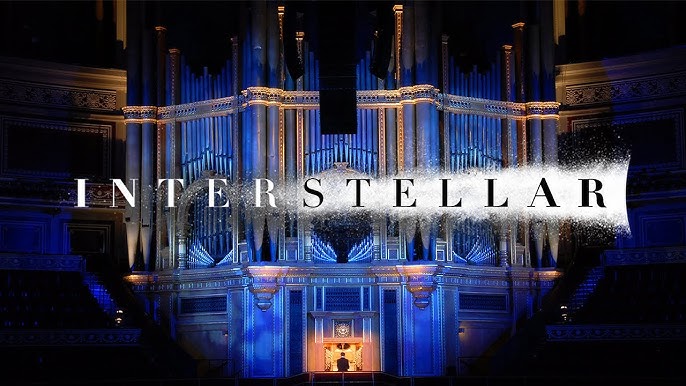
At its heart, Interstellar is a film about love, sacrifice, and the survival of the human race. The exploration of these themes is handled with a complexity that challenges viewers to think beyond just the scientific and technical aspects of space travel. The film also raises profound philosophical questions about the nature of time, the limitations of human knowledge, and whether love transcends even the boundaries of space and time.
The question of whether humanity can evolve past its own self-destructive tendencies is also a central concern, making Interstellar not just a sci-fi adventure but a cautionary tale about environmental destruction and the importance of unity.
Special Effects:

Interstellar uses both practical effects and CGI to bring its visually ambitious story to life. One of the most groundbreaking moments is the depiction of the black hole, Gargantua. The film’s use of real scientific data in creating the black hole’s appearance was revolutionary and led to an academic paper by physicist Kip Thorne, who consulted on the film.
These effects are not just for spectacle but serve the narrative, helping to convey the vastness and mystery of space in a tangible way. The film’s visual effects are not just eye candy; they enhance the storytelling, helping to immerse the viewer in the sense of awe and wonder that defines the film’s tone.
Pacing and Editing:

The pacing of Interstellar can be slow at times, but this deliberate tempo allows for deep emotional exploration and philosophical musings. Some critics have found the film’s runtime excessive, but the editing effectively balances the film’s complex plot with its emotional beats.
Nolan’s decision to intercut scenes of Cooper in space with his daughter’s journey back on Earth provides an emotional rhythm that culminates in the film’s unforgettable final act.
Cultural Impact and Legacy:
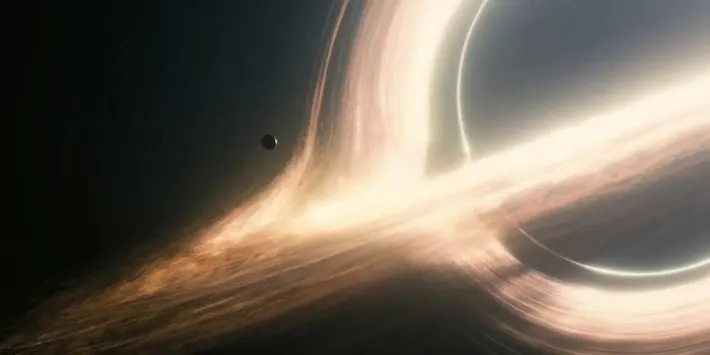
Since its release, Interstellar has sparked numerous debates and discussions about its scientific accuracy, its portrayal of love as a transcendental force, and its broader implications for our understanding of time and space. The film has influenced the genre and has become a pop culture touchstone, especially among science fiction enthusiasts.
Its iconic visuals and Zimmer’s score have made their way into internet memes, and the film’s discussions about climate change and human survival continue to resonate with contemporary audiences.
Criticisms and Controversies:
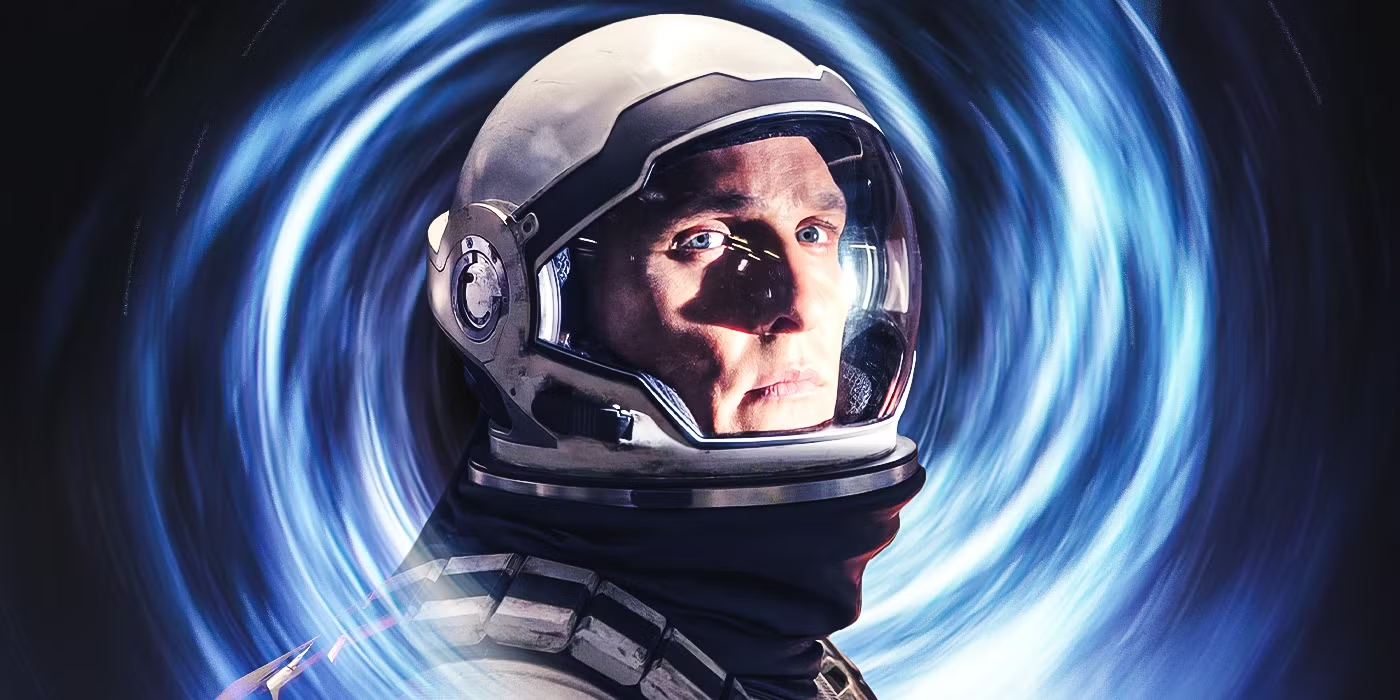
While Interstellar has been widely praised for its ambition, it’s not without its detractors. Some critics felt the film’s scientific accuracy was compromised for emotional payoff, particularly the portrayal of the tesseract and the concept of love transcending time and space. Others felt that the film’s pacing was uneven and that it leaned too heavily on its emotional elements.
However, these criticisms often miss the broader point that Nolan was trying to blend speculative science with deeply human experiences, and in doing so, created something that felt both intellectually rich and emotionally engaging.
Conclusion:
Interstellar is not just a movie; it’s an experience. Through its masterful direction, stunning visuals, thought-provoking themes, and unforgettable performances, it tells a story that explores the boundaries of human existence while grounding itself in the universal themes of love and survival. While not without its flaws, Interstellar is undeniably a modern cinematic masterpiece that continues to captivate audiences with its complexity and emotional depth.
If you haven’t yet recognized Interstellar for its brilliance, it’s time to watch it again—with a new understanding of how deeply it resonates not just on a scientific level but on a human one.
Rating: 9.5/10
Interstellar is an extraordinary cinematic journey that blends the emotional with the scientific, the personal with the cosmic. It’s a film that asks big questions and offers big answers—but more importantly, it’s a film that lingers long after the credits roll. Despite a few flaws, its ambition, storytelling, and visual mastery make it one of the defining films of the 21st century.
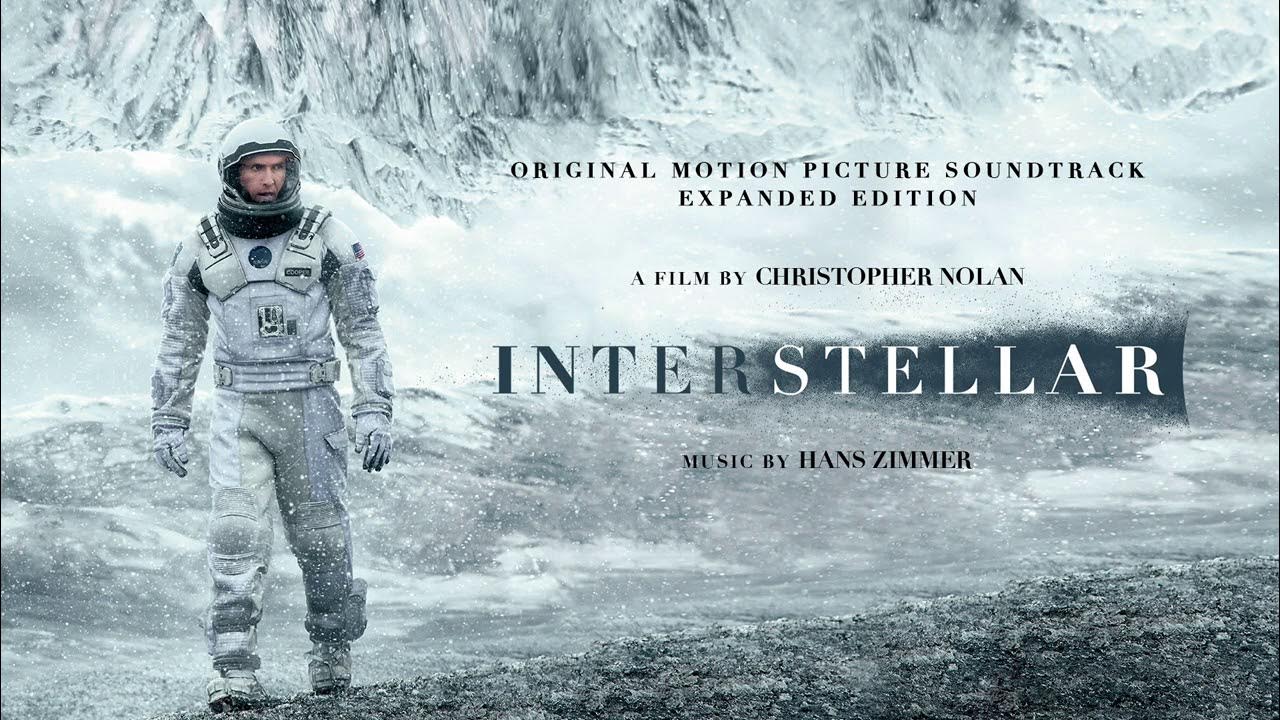

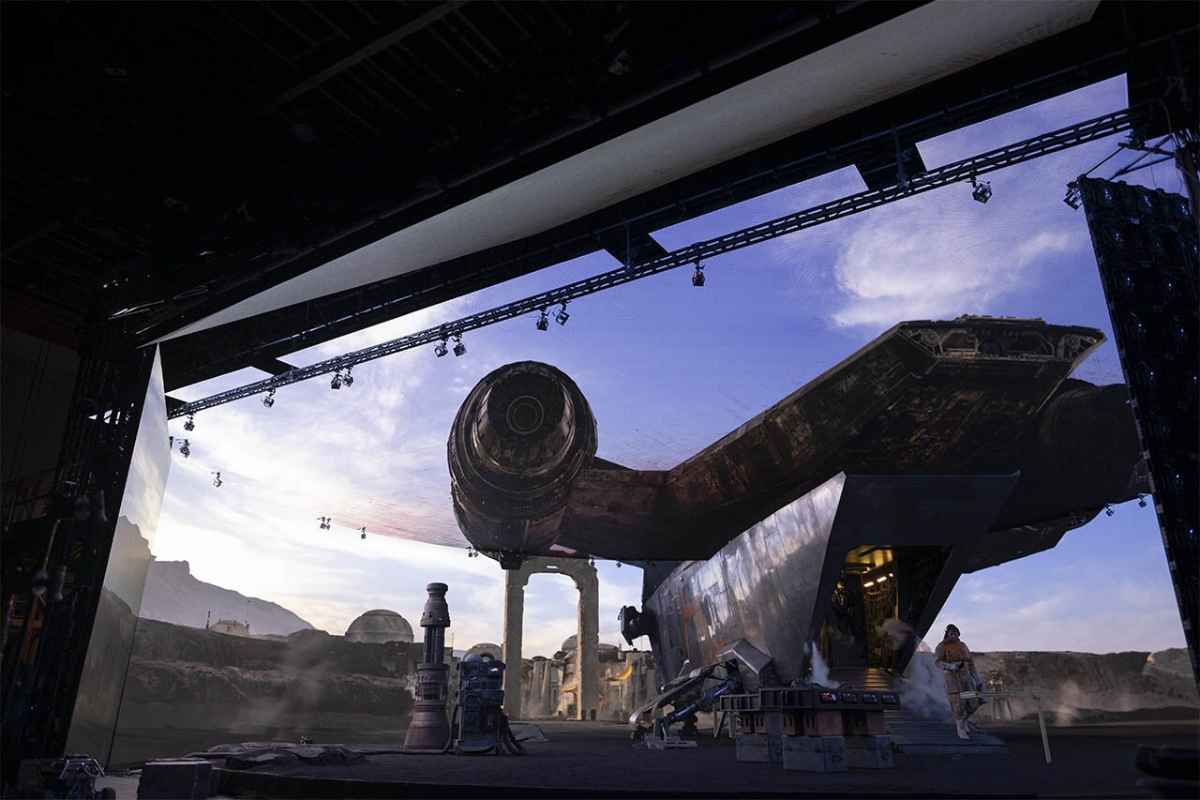

1 thought on “Why Interstellar Is Actually a Masterpiece (And You Didn’t Notice)”